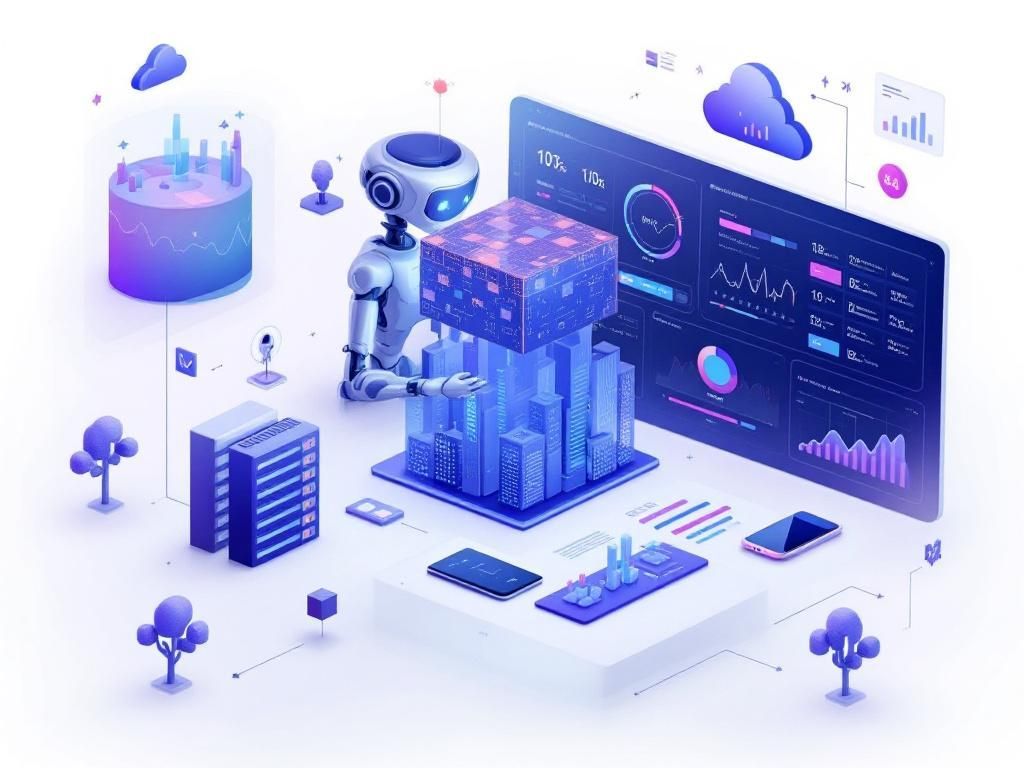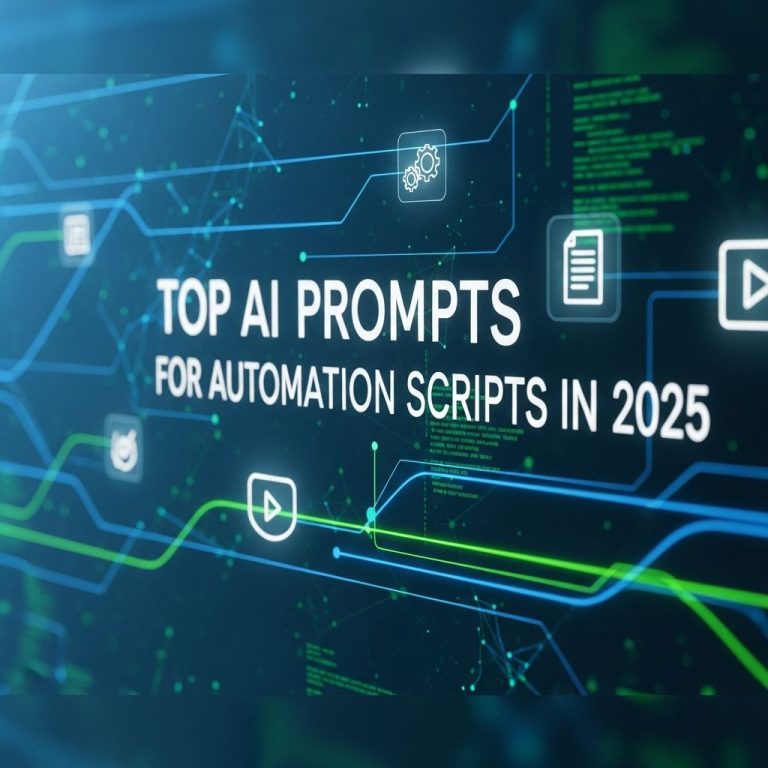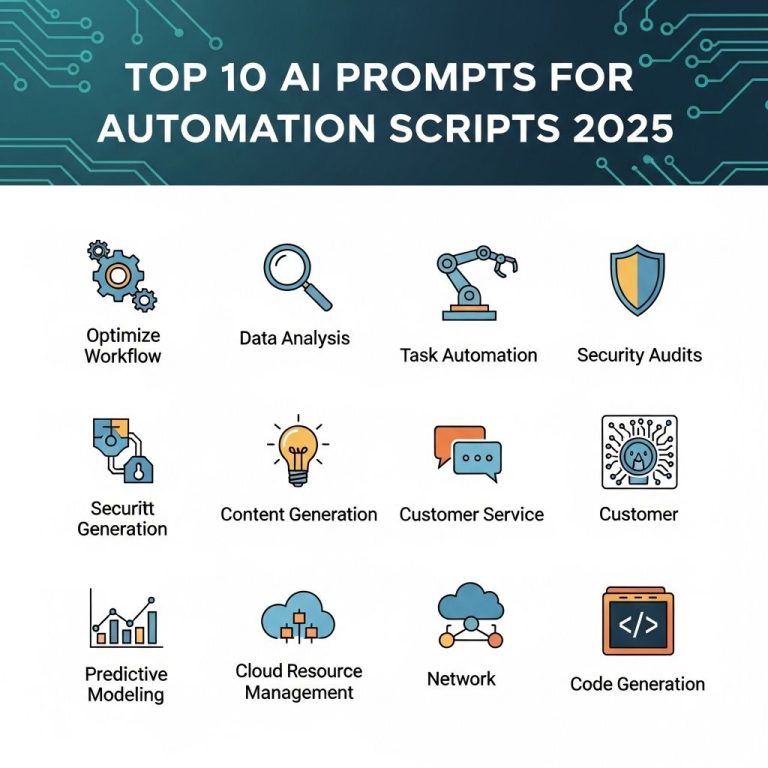In the fast-evolving world of information technology, the significance of monitoring systems cannot be overstated. With the rise of artificial intelligence (AI), IT monitoring dashboards are becoming more advanced, providing an unprecedented level of insight into system performance, security, and user experience. This article delves into the transformative potential of AI dashboards and what the future holds for IT monitoring in 2025.
The Role of AI in IT Monitoring
AI technologies have begun to play a crucial role in optimizing IT management and monitoring systems. By leveraging machine learning algorithms, businesses can analyze vast amounts of data in real-time, enabling them to make informed decisions quickly. Here are some key roles AI plays in IT monitoring:
- Predictive Analytics: AI algorithms can forecast potential issues before they occur by analyzing historical data trends.
- Anomaly Detection: Machine learning models can identify unusual patterns or behaviors that might indicate security breaches or system failures.
- Automation: Routine management tasks can be automated, allowing IT teams to focus on strategic initiatives.
- Enhanced Visualization: AI can provide data visualization tools that make complex data easier to understand.
Current State of IT Monitoring Dashboards
As of 2023, many organizations are leveraging IT monitoring dashboards to track performance metrics and system health. The traditional dashboard setups involve various metrics presented in a static manner, which often requires manual intervention for analysis. However, with advancements in AI, the next generation of dashboards promises to be more dynamic and intuitive.
Key Features of Modern IT Dashboards
Today’s IT dashboards often include:
| Feature | Description |
|---|---|
| Real-time Data Updates | Continuous updates on system performance, ensuring that teams are informed of any changes instantly. |
| Customizable Views | Users can tailor their dashboard experience by selecting which metrics are most important to them. |
| Alerts and Notifications | Automated alerts for any anomalies or performance dips, allowing for immediate action. |
| Collaborative Tools | Integration with communication tools to facilitate collaborative problem-solving. |
The Future: What to Expect in 2025
As we look ahead to 2025, several trends are likely to shape the evolution of AI dashboards in IT monitoring. Here are some predictions:
1. Increased Integration with Cloud Services
As more businesses migrate to the cloud, AI dashboards will increasingly integrate with cloud service providers. This will facilitate seamless data aggregation and analysis from various cloud applications such as:
- AWS
- Google Cloud Platform
- Microsoft Azure
- Salesforce
2. Enhanced User Experience
With user experience being a top priority, future dashboards will feature:
- Natural Language Processing (NLP): Users will be able to query dashboards using text or voice commands, making data interaction more intuitive.
- Smart Assistants: AI-driven assistants will help users navigate complex data sets and uncover insights.
3. Advanced Security Features
As cyber threats grow in complexity, AI dashboards will incorporate more sophisticated security monitoring capabilities, including:
- Real-time threat detection and response systems.
- Predictive threat modeling that anticipates potential vulnerabilities.
Implementing AI Dashboards in Your Organization
Transitioning to AI-powered monitoring dashboards requires careful planning and execution. Here are some steps organizations can take to successfully implement AI dashboards:
- Assess current systems: Evaluate existing dashboard solutions and identify gaps that AI can fill.
- Define key performance indicators (KPIs): Establish which metrics are crucial for the organization’s success.
- Select the right tools: Choose AI dashboard tools that align with organizational needs and budget.
- Train the team: Ensure IT staff are adequately trained to leverage AI capabilities fully.
- Monitor and Iterate: Regularly assess the performance of the new dashboards and make adjustments as needed.
Challenges and Considerations
While AI dashboards hold great promise, organizations should be aware of the potential challenges:
Data Privacy and Security
With increasing data integration comes the responsibility to protect sensitive information. Organizations must ensure compliance with data protection regulations, such as GDPR and HIPAA.
Cost of Implementation
Implementing AI monitoring solutions can be expensive. Organizations should weigh the ROI against the costs to ensure that investments yield tangible benefits.
Conclusion
The future of IT monitoring is undoubtedly intertwined with the advancements in AI technologies. By 2025, organizations that embrace AI dashboards will not only improve operational efficiency but also gain a deeper understanding of their IT environments. The potential for enhanced decision-making, security, and user satisfaction positions AI dashboards as a cornerstone of modern IT strategy.
FAQ
What are AI dashboards and how do they improve IT monitoring?
AI dashboards leverage artificial intelligence to analyze data in real-time, providing insights and trends that enhance IT monitoring efficiency and decision-making.
What benefits do AI dashboards offer for IT teams?
AI dashboards streamline data visualization, automate routine tasks, and enable proactive issue resolution, allowing IT teams to focus on strategic initiatives and improve overall performance.
How will AI dashboards evolve by 2025?
By 2025, AI dashboards are expected to incorporate advanced predictive analytics, natural language processing, and enhanced user interfaces, making IT monitoring more intuitive and effective.
Can AI dashboards integrate with existing IT management tools?
Yes, most AI dashboards are designed to integrate seamlessly with existing IT management tools, allowing for a unified view of IT systems and improved operational efficiency.
What industries can benefit from AI dashboards for IT monitoring?
Industries such as healthcare, finance, retail, and technology can greatly benefit from AI dashboards, as they enhance operational visibility and responsiveness to IT challenges.




